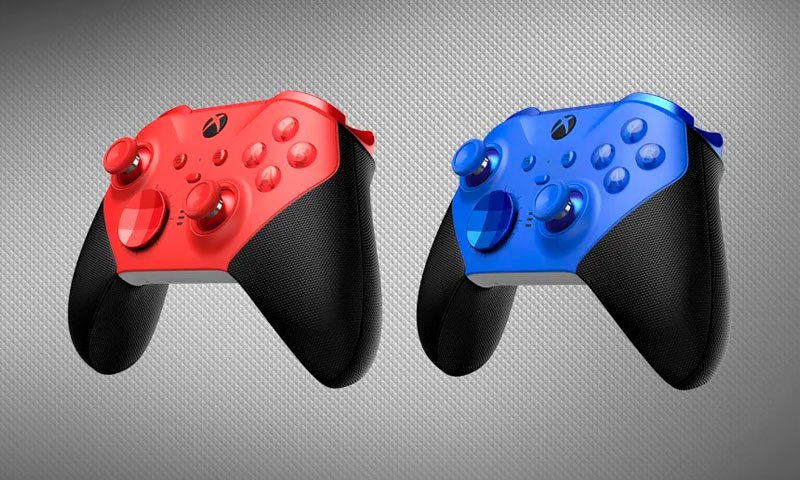It looks like it came straight out of a sci-fi movie: special electronic helmet and mind-controlling robot. New research published in the journal ACS Applied Nanomaterials, took steps to make it a reality. By creating a custom 3D-patterned structure that doesn’t rely on sticky conductive gels, the team created “dry” sensors that can record the brain’s electrical activity regardless of the head’s hair, bumps, and folds.
Researchers at Sydney University of Technology (UTS) have developed biosensor technology that will allow you to control robots and machines using just your thoughts.
The advanced brain-computer interface was created by Distinguished Professor Chin-Teng Lin and Professor Francesca Jacopi from the UTS School of Engineering and Informatics in collaboration with the Australian Army and the Defense Innovation Centre.
In addition to military applications, the technology has great potential in industries such as complex manufacturing, aerospace and healthcare, for example enabling people with disabilities to use wheelchairs or wear prosthetics.
Electroencephalography (EEG) is a technique that doctors use to monitor electrical signals from the brain by placing or placing special electrodes on the surface of the head. EEG not only helps diagnose neurological problems, but can also be used in “brain-machine interfaces” that use brain waves to control an external object such as a prosthetic limb, a robot, or even a video game.
Most non-invasive versions use “wet” sensors that attach to the scalp with gel, which can irritate the scalp and sometimes cause allergic reactions. Researchers are working on “dry” sensors that do not require gel as an alternative, but none have performed as well as the wet-type gold standard. While nanomaterials such as graphene may be a viable option, their flat and often scaly nature makes them incompatible with the irregular curves of the human skull, especially over long periods of time.
As a result, Francesca Jacopi and her colleagues set out to develop a three-dimensional graphene sensor based on polycrystalline graphene that can accurately monitor brain activity without rods. The researchers fabricated multiple 3D graphene-covered structures of various shapes and patterns, each about 10 m thick.
The hexagonal pattern showed the patterns best on the curved hairy surface of the occipital region—the place at the base of the head where the visual cortex of the brain is located. Eight of these sensors were combined into an elastic band that held them at the back of the head.
When used with an augmented reality headset that displays visual cues, the electrodes can recognize which line is being observed and then work with a computer to convert the signals into commands that control the quadrupedal robot’s movement – completely hands-free. But the new electrodes did not perform as well as the wet sensors; The researchers believe their research is the first step towards creating reliable, easily deployable dry sensors that will help expand the applications of brain-machine interfaces.













